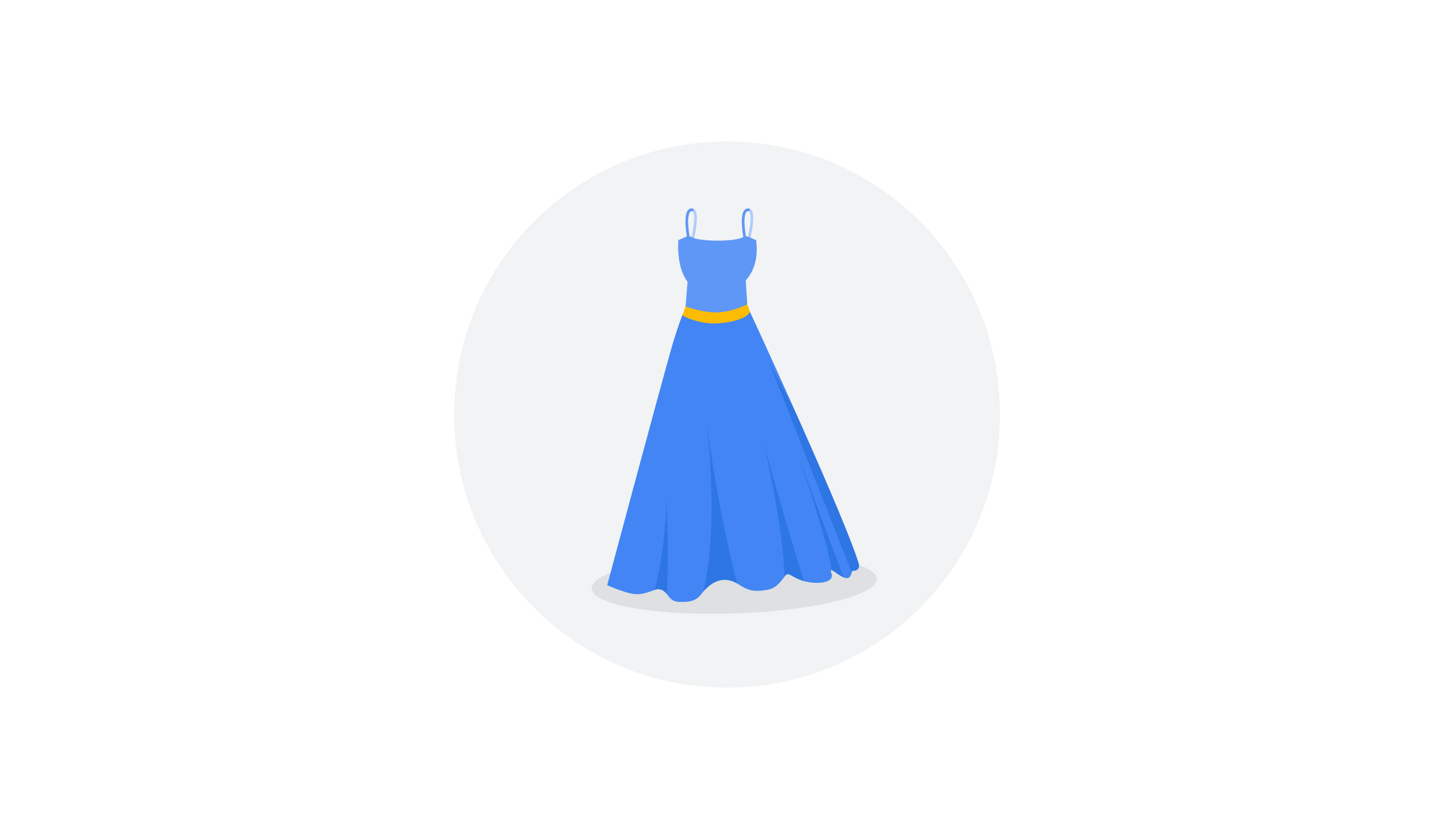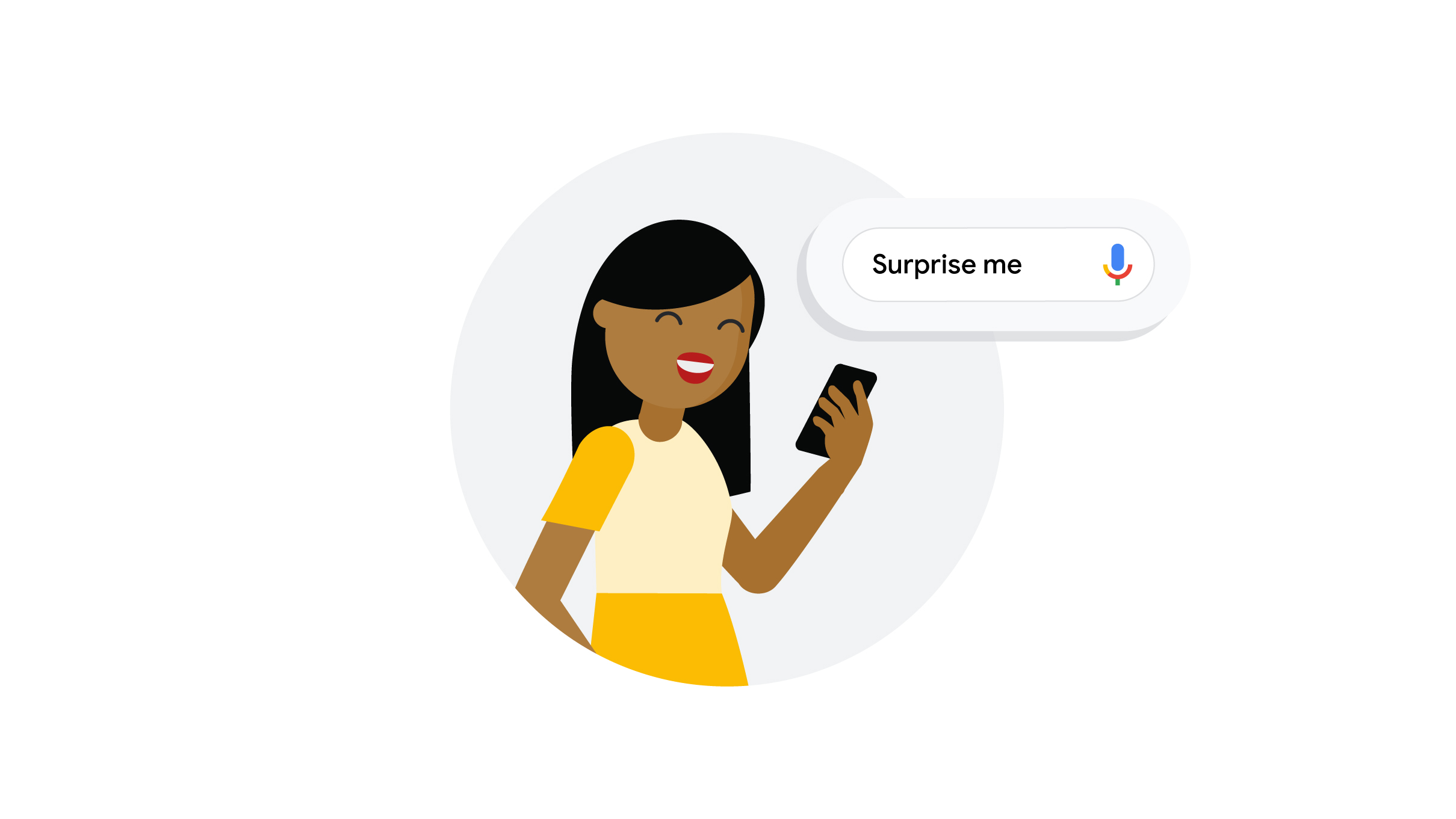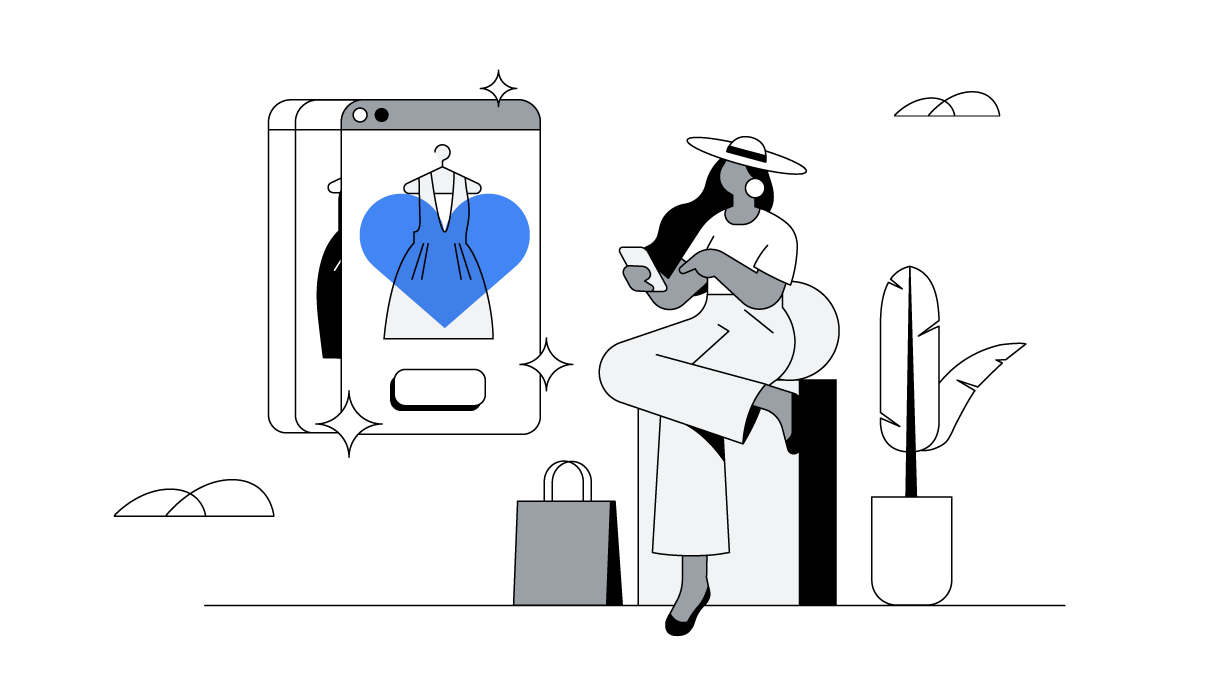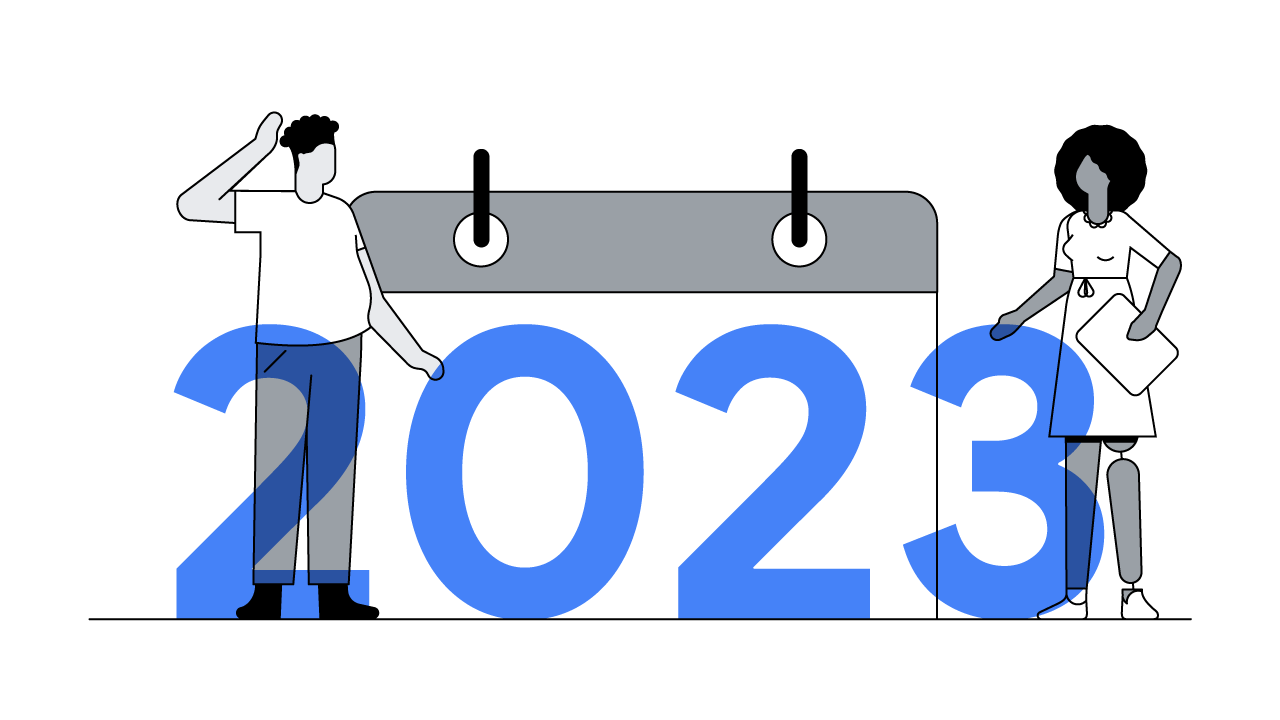Once upon a time, people would dress to impress at work. Women would squeeze into figure-hugging pencil skirts and totter round in blister-inducing high heels, while men were stuck wearing stuffy suit-and-tie combos, even when the thermometer topped 30 degrees.
Hop on a rush-hour subway in New York, or take a lunchtime stroll around London’s Canary Wharf, and you’ll see how much this has changed today. Elegant leather purses have been replaced by more practical backpacks; starched shirts have made way for cotton polos; brogues are out and loafers are in. Whereas once we would dress up, now we’re dressing down, even in more formal industries like finance.
“Over the past 100 years, comfort and versatility have come to define our wardrobes,” explains Deirdre Clemente, an historian at the University of Nevada who has studied this cultural shift in how we dress. “Nobody wants to be uncomfortable at work anymore.”
It’s not just in business districts that this fashion revolution can be seen. We’ve noticed it in the latest Google Search data too. Our Human Truths team, a group of analysts who comb through Google data to see what human insights it reveals, analysed more than 6 billion fashion searches. They found that, from the US to India, searches for more formal clothing like high heels and anything slim fitting are on the decline, while searches for comfortable attire like loafers and oversized garments are on the rise.
Searches for comfortable clothing are on the rise
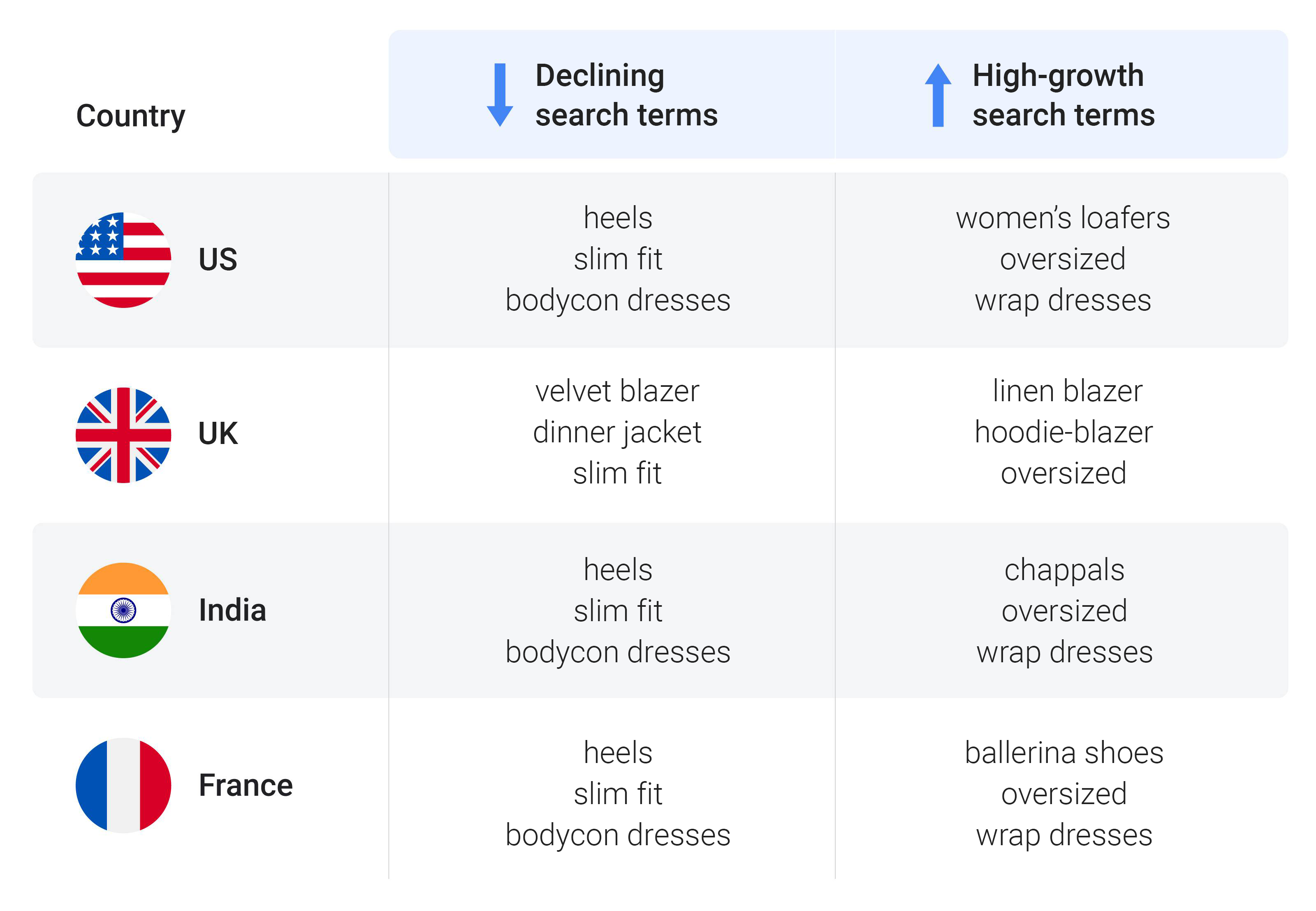
Why we're dressing more casually than in the past
So what’s behind this unprecedented shift in how we dress for work? For Clemente, the clothes we wear are simply a reflection of deeper cultural changes, both in the office and beyond. “In the past, everyone was trying to look their best, because you were instantly judged by your appearance,” she explains. “You could take just one look at someone and how they dressed to know whether or not they belonged at the country club with you.”
But gradually, this instinct to judge a book by its cover has been changing, thanks in large part to the rise of the tech industry. “It’s no coincidence that this trend towards more casual clothing started in places where people spent long hours behind computers and felt that the work they did was more important than their appearance,” Clemente says.
For the longest time, style and comfort didn't go together.
There’s also another explanation for this move towards comfortable clothes. The trade-off we once had to make – “Do I wear this backbreaking but beautiful pair of shoes or these hideous sandals that feel like I’m walking on a cloud?” – is no longer necessary.
“For the longest time, style and comfort didn’t go together,” explains Matt Gehring, VP of growth at Rothy’s, a shoe company with legions of devoted fans. Brands like Rothy’s understand that people don’t want to compromise comfort for style and are catering to these desires. “Today, people can be comfortable all day long and still have that style factor,” Gehring says.
The ambiguous world of business casual
While few people will long for the days of bland corporate uniforms, the move towards casual and comfortable workwear has not been without its problems. Whereas the rigid rules of the past – no bare legs or arms, no open-toed shoes, no denim – could be oppressive, they were at least very clear.
“People are trying to find their way through this elaborate maze. They want to feel unrestrained by their clothing, but they want to look put together, and not look like they’ve just rolled out of bed,” says Clemente. “Finding that balance is confusing.”
That’s exactly what we’re seeing play out in Google Search data. While the concept of “business casual” has existed since the 1990s, many people still don’t know what it means and how to pull it off – and they’re heading online to find out. Between 2017 and 2018, we saw a 14% increase in global search queries using the term, and “business casual” became the most searched-for phrase with the word “casual” in the query.1
Digging deeper into the data, it becomes clear that people are seeking out clarifications of this ambiguous term. In the US, we saw a 133% increase in searches for “business casual examples” and a 143% increase in searches for “smart casual dress code”.2 In France, there was a 127% increase in searches for smart casual menswear.3 In India, searches for “smart casual for men” increased by 438%.4
How brands can help shoppers make sense of the confusion
Helping people make sense of this confusion is where brands come in. “When we first started using the term ‘business casual’, we had companies like the Gap helping us understand what it looked like. You could go to a shop and see actual examples of how things could be mixed and matched together,” Clemente says. “There’s an opportunity for brands to do something similar today – to show people the different options available with their clothes, and to help them envision how they’ll be able to put their own stamp on things.”
Once you give someone the taste of freedom that comes with comfortable clothes, you'll struggle to get them back into a three-piece suit.
With no clear rule book, business casual has also created more opportunities for people to personalise their wardrobes, something brands can help them with. “It’s tough for people to know what’s appropriate and what’s not. But it’s also led to a proliferation of individuality, and it gives people the chance to reflect their personality through what they wear,” says Gehring. “At Rothy’s, we take advantage of this through things like the broad range of colours we offer.”
While business casual can be just as confusing for brands as it is for shoppers, it makes sense for fashion companies to take the time to understand what it means for the products they create and the way they market them. After all, unlike other fashion trends, which have a shelf life of just a few months, this one is here to stay, says Clemente. “Once you give someone the taste of freedom that comes with comfortable clothes, you’ll struggle to get them back into a three-piece suit.”

